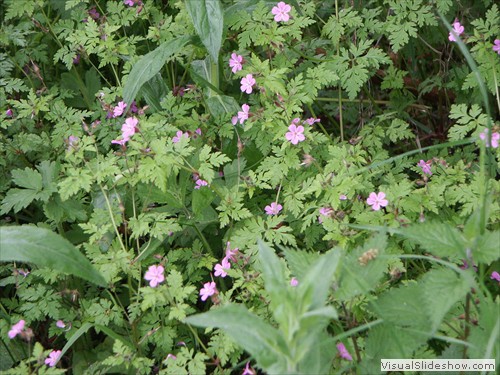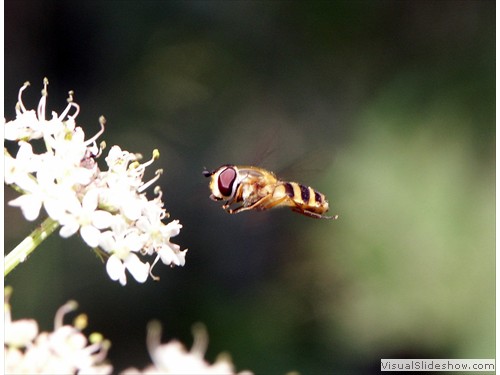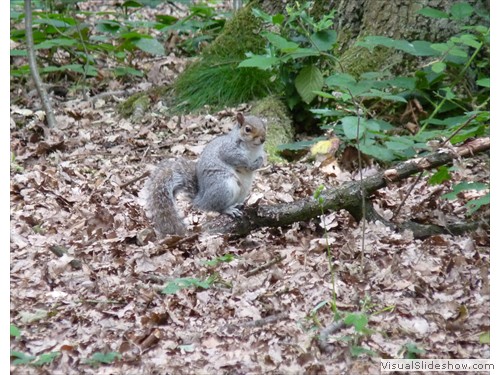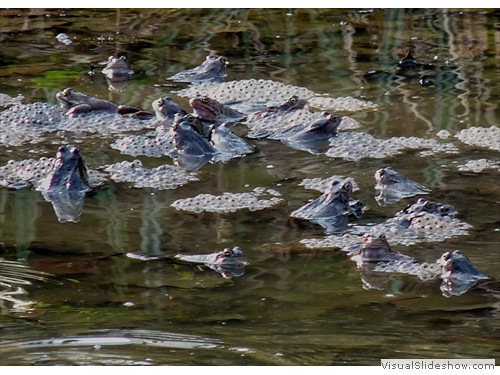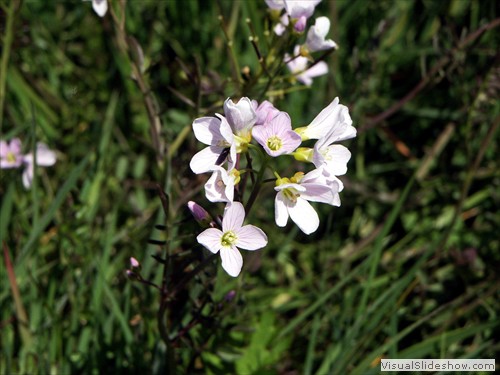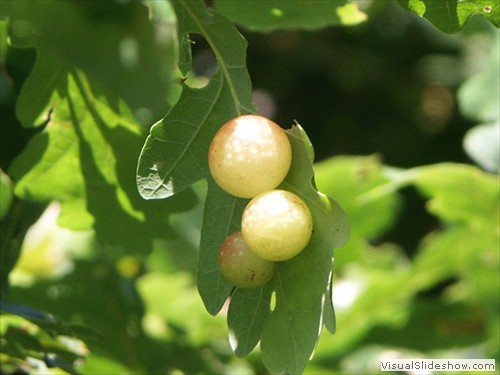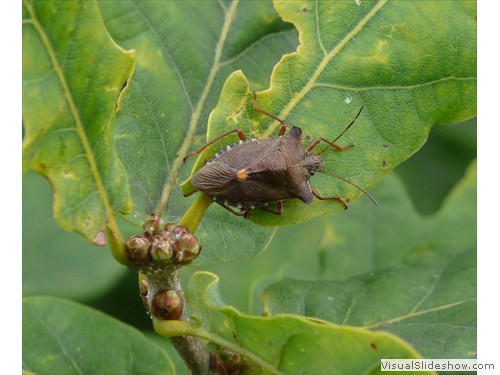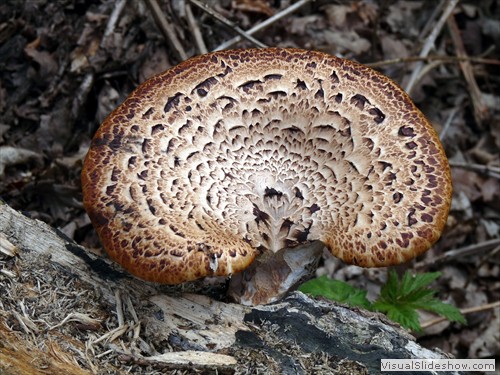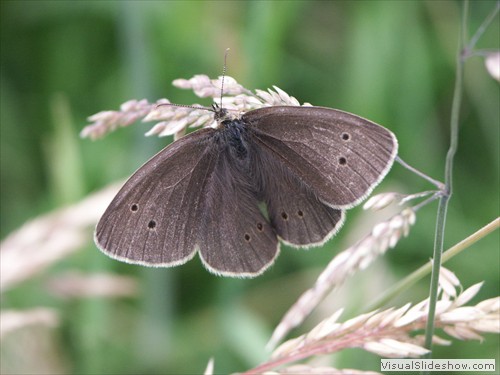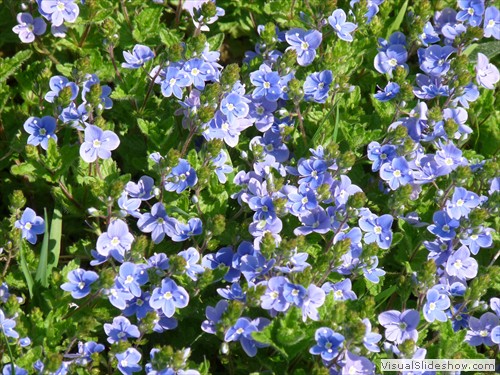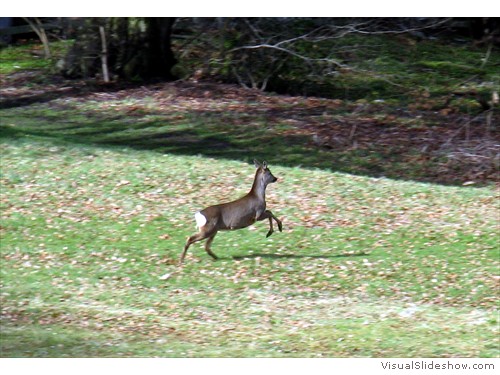
Broadleaved woodland once covered the greater
part of Britain and a large number of our plants and animals,
especially birds depend on it. Within West Yorkshire many of the
remaining woodlands are to be found in steep-sided ravines (sometimes
called cloughs) as this land is often unsuitable for any other form of
development.
This is not to say that woodland has been
continually present on the site of Northcliffe. Indeed, initial
research of historical documents and a survey of the woodland structure
of Northcliffe indicate that a large part of the wood was cleared, and
the timber subsequently sold in the early nineteenth century.
Fortunately, the land was planted up again and today visitors see a
wood composed mainly of oak and sycamore with the occasional birch,
holly and beech. Over 100 species of flowering plants and ferns have
been recorded in the wood. These include well known spring flowers such
as bluebells, wood anemones and ramsoms and some less common species
like cuckoo-pint.
Autumn is a feast in Northcliffe Woods with the
vast amount of fungi to be found on logs and amongst the leave mould.
Although some might be edible, we suggest you leave the fungi you find
where it is. Not everyone can be sure that what they are picking is not
poisonous and admiring without picking ensures there will be even more
fungi around the next year.
In the autumn of 2005 Friends of
Northcliffe provided 15 bird and 8 bat boxes in Northcliffe Woods. In
the Autumn of 2010 further boxes were put up around the pond. During
the summer of 2011 the West Yorkshire Bat Group put up more bat boxes
in the wood not far from the allotments end. Some of the boxes put up
by Friends of Northcliffe in the early 90's are still usable too. It is
hoped that they will increase the range of suitable nesting sites for a
number of birds already breeding here and provide much needed summer
roosting sites for bats
Friends of Northcliffe have also worked
with the Council to recreate the pond which was filled in during the
polio epidemic. The pond is not entirely successful and has had to be
cleared of silt on a number of occasions
The grassed areas of the park has under gone a change
of management in the last few years. The football fields and cricket
pitch are still cut as they always have been. The rest of the grassed
area is allowed to grow apart from an annual cut in the autumn. This
has already resulted in a greater range of meadow flowers to grow and
created a better habitat for the insects, birds and animals.
In the Photo Gallery there are photos of some of the diverse
wildlife to be found in Northcliffe Park.
There are four suggested walks around
Northcliffe Park on the Heritage website
A list of birds seen in
Northcliffe can be viewed by following this
Link



